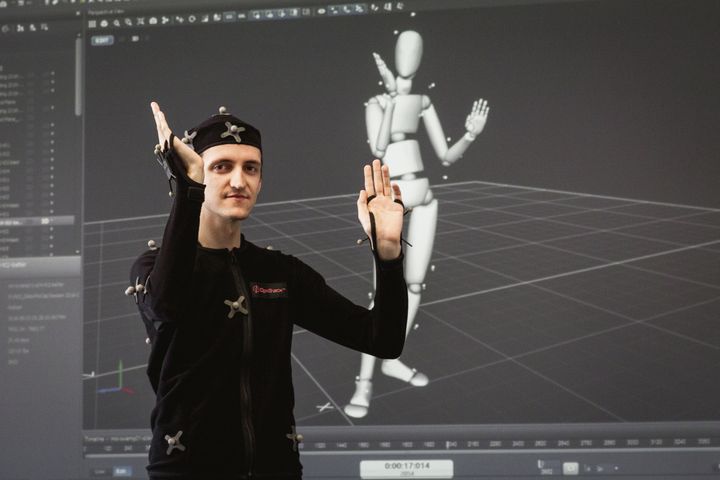Human–Computer Interaction - When Computers Will Talk With Humans......
Mar 29, 2019 • 36 views
What if computers are developed with literature? Yes it is possible with HCI……!
Human–computer interaction (HCI) is interaction between human and computer. Soon the each and every work of human is to be digital then it has gain the certain kind of importance. Main goals of the HCI is to increase the learnability, scalability and accountability. The notion of dialog likens human–computer interaction to human-to-human interaction is crucial to theoretical considerations in the field. Human–computer interaction studies the ways in which humans make, or do not make, use of computational artifacts, systems and infrastructures. In doing so, much of the research in the field seeks to improve human–computer interaction by improving the usability of computer interfaces.

Following are the main working areas of HCI :-
1. Design Patterns:-
2. Methods to interact with the computers:-
3. Principals:-
4. Factors of change:-
5. Social computing:-
1. Design Patterns:-
What are different ways which are best to interact with the computer are explained in the design pattern.It is designed in the way which involves to create the complete isolated engaging nature within the user and computer. Design patterns are developed according to the need or use of the specified computer and will creates large number of possibilities for the development of the architecture according to the need.
2. Methods to interact with the computers:-
There are different method developed to increase the creative engagement between computer systems or simulators. If blind person is to be trained with computer interface then we have to develop the system differently, for the person with hearing problem the computer system is developed in different way. We have to adopt the different strategies to develop the system according to the need.

3. Principals:-
Principals of the HCI helps to develop the interface according guidelines and strategies.So it is important that principals should be much specified according to the techniques and application.
a. Evaluated Work:-
The task the users will be performing and how often the task need to be performed.
b. Empirical Measurement:-
Test the interface early on with real users who come in contact with the interfaceon a daily basis
c. Iterative Design:-
After determining the users, tasks, and empirical measurements to include, perform the following iterative design steps
a. Design the user interface
b. Test
c. Analyze results
d. Repeat
Repeat the iterative design process until a sensible, user-friendly interface is created.
4. Factors of change:-
Factors of change are the facts which are depend to change the cause and effect to be adopted.
Decreasing hardware costs leading to larger memory and faster systems
Miniaturization of hardware leading to portability
Reduction in power requirements leading to portability
New display technologies leading to the packaging of computational devices in new forms
Specialized hardware leading to new functions
Increased development of network communication and distributed computing
Increasingly widespread use of computers, especially by people who are outside of the computing profession
Increasing innovation in input techniques (voice, pen) combined with lowering cost, leading to rapid computerization by people formerly left out of thecomputer evolution.
Wider social concerns leading to improved access to computers by currently disadvantaged groups
5. Social computing:-
Social computing is used in the sense social factors and key deciding factors of the social elements which contributes in the sense of social deciding factors. Which helps to adopt the revolution in the digital era of the computer development. It is used to analyze the human behavior according to the case studies. It helps in the way to analyze the response of the social factors according to the different conditions.
